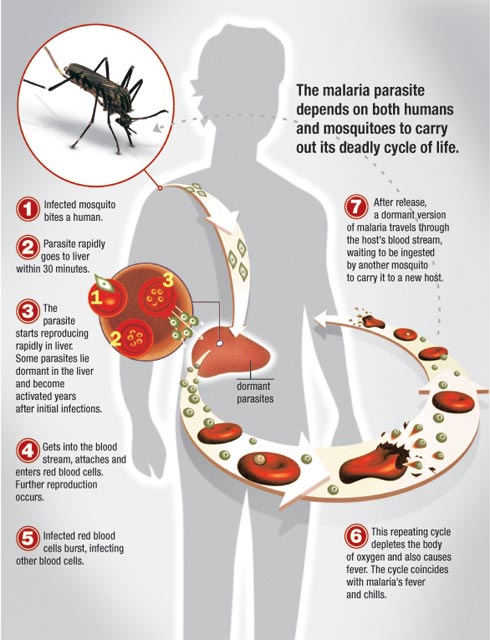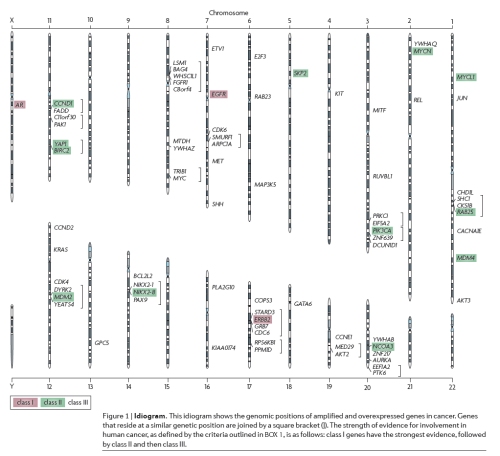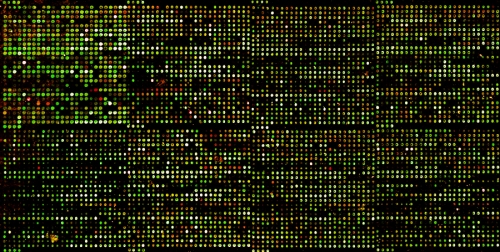Hello there.
The focus on this post will be on a method that should facilitate the accurate delivery of drugs to tumours, this is important because quite a few cancer chemotherapeutic drugs, which are lethal to cancer cells, are also lethal against normal cells and can have adverse side effects. This is a problem because the toxicity of drugs to the patient limits how much can be given.
The key question to be asked when dealing with this issue is if one can administer the drug just to cancer cells without exposing normal cells to it. ADEPT, which stands for Antibody Directed Enzyme Prodrug Therapy, is one possible way this can be done provided the cancer being treated is amenable to this kind of treatment.
One of the basic concepts involved is that cancer cells may express antigens or proteins in high levels that are only expressed at low levels in cancer cells. This means that antibodies that are targeted against these antibodies will find themselves preferentially binding to cancer cells, stick something to the antibody and the payload will be delivered only to cancer cells. This is important for ADEPT but by itself is not enough.
Antibodies that are bound to something are called immunoconjugates, while sticking toxic drugs to antibody molecules may increase the efficacy of targeting, these drugs may still exert side effects on account of having to be circulated through the body. This leads one to look for ways to activate the drug only in the vicinity of the tumour, and ADEPT does this.
Antibodies that are used in ADEPT are chemically modified to accommodate a catalytic subunit from an enzyme (enzymes are usually protein molecules that increase or decrease the rate of a chemical reaction, one example would be papain from papayas which is used in tenderizing meat). There are some enzymes which can be used to convert a non-toxic, inert form of the drug to an activated, toxic form through chemical reactions, and this forms the second of three components required for ADEPT.
The non-toxic precursor molecule that is later enzymatically activated is called the Prodrug. The antibody, the attached enzyme and the prodrug form the troika that is required for ADEPT to be employed successfully.
Protocols for ADEPT, an outline.
In a typical ADEPT procedure, the following happens.
[1] Antibodies specific to an antigen overexpressed by antibodies may be produced using Monoclonal antibody technology (there is a blog article I’ve written on that technology on this blog, you may want to go through it)
[2] A suitable enzyme is selected for the conversion of a prodrug to an active drug, this is then chemically engineered to fuse it with the antibodies derived during step [1]
[3] The enzyme-Mab conjugates are then injected into the body where they find themselves concentrating at tumours.
[4] The prodrug is then injected and circulates throughout the body, because this is inactive and inert it won’t cause side effects during this stage.
[5] When the prodrug encounters tumours, which have a high concentration of activating enzymes due to antibody-directed binding, it is converted to the active form which is capable of killing tumour cells. This means that it is possible to have drugs exerting their effects only at the location of tumours, thus preventing problems with toxicity during systemic circulation.
This may be further improved by using choices of enzyme-prodrug pairs where the enzyme only efficiently converts the prodrug to the active drug in the microenvironment of the tumour, which can be different from the environment in normal tissues. One example of such varying conditions is the presence of Hypoxia (low oxygen supply) in tumours.

How ADEPT Works (A diagram I made) - Antibodies, which bind preferentially to cancer antigens, have enzymes fused to them, which activates a non-toxic prodrug to an active drug only where tumours are present, increasing efficacy and lowering toxicity to normal cells.
Please click on the thumbnail for a larger image. I know it is a crap illustration but I promise to produce better ones if someone buys me a graphics tablet :P.
This is a very short post since the strategy is clinically very nascent, you may however find this list of literature useful in learning more about the topic.
Potential Problems with ADEPT.
[1] The drug may cause toxicity after activation in tumours until it is excreted.
[2] Evolution of drug resistance, chemo-resistant cancer cells are able to express genes like Mdr1 which can pump drugs out of cells, this means that ADEPT will be useless if the ultimate activated product is ineffective.
[3] Evolution of cancer cells that have downregulated expression of the antigens that bind to the antibodies being used, which is going to prevent adequate concentrations of the enzyme from building up, and consequently the activated drug from being in effective concentrations, in the vicinity of the tumour.
Other approaches to Enzyme Prodrug Therapy.
One may use hormones conjugated to the enzyme to target cancer cells that overexpress a particular hormone receptor, such as androgen receptor 2 in prostrate cancer cells (this is hypothetical), alternatively, genetic engineering could potentially be used to make only cancer cells express the enzyme that then converts the prodrug to the toxic, active form, thus killing cells that have been genetically altered. This is called GDEPT (Gene Directed Enzyme Prodrug Therapy)
and I may elaborate upon this in a future post.
It is also possible to use conditionally replicative viruses to deliver GDEPT to cells, but this variant, since a virus is used, is called VDEPT (Virus Directed Enzyme Prodrug Therapy) You may find the following paper a good read.
” Strategies for Enzyme/Prodrug Cancer Therapy, Xu and McLeod, Clinical Cancer Research, November 2001 7; 3314 ” which you may access here
You may also find this paper which details a clinical trial featuring the use of ADEPT to treat Colorectal Carcinoma, titled
“A phase I trial of antibody directed enzyme prodrug therapy (ADEPT) in patients with advanced colorectal carcinoma or other CEA producing tumours” a useful read in understanding a case study in ADEPT, which introduces you to a candidate prodrug, a candidate enzyme and a candidate antibody, examples of which I personally did not provide in my post.
Finally, here is the page of a lab at University College London’s Cancer Institute that specializes in this area.
I hope you found the article a good read. That is all from me until the next post.
-Ankur.
































